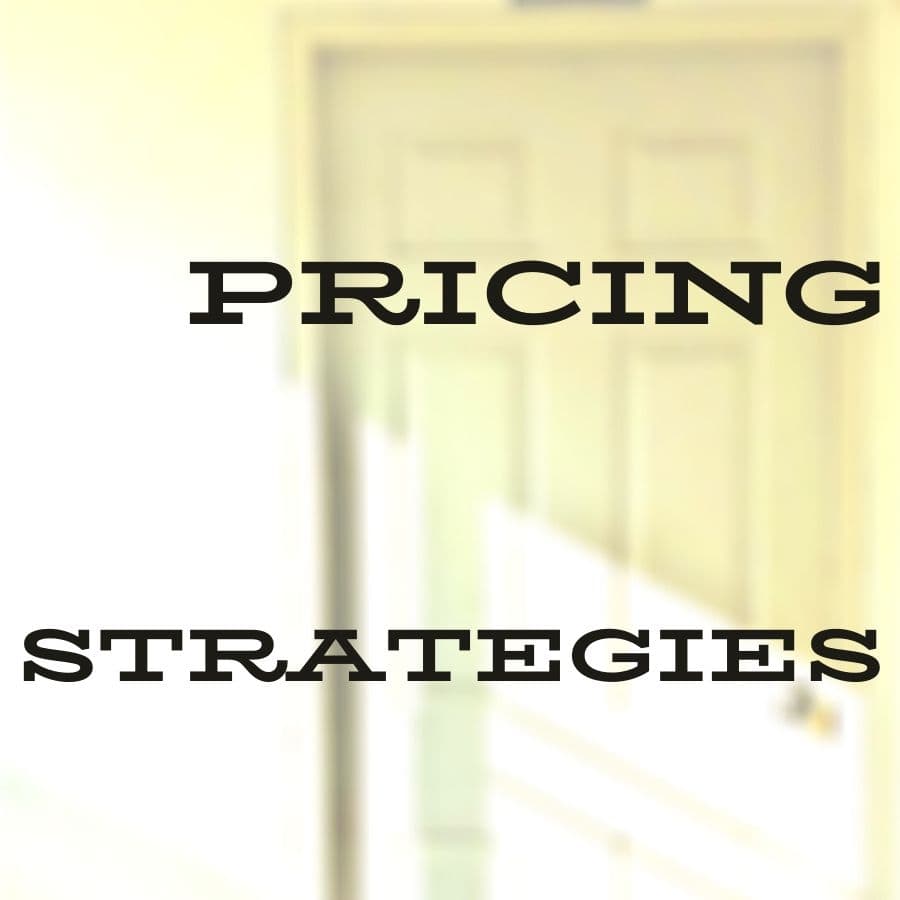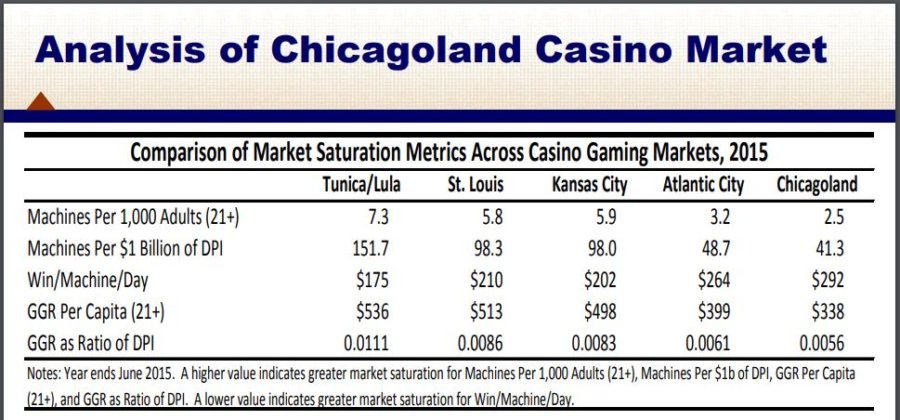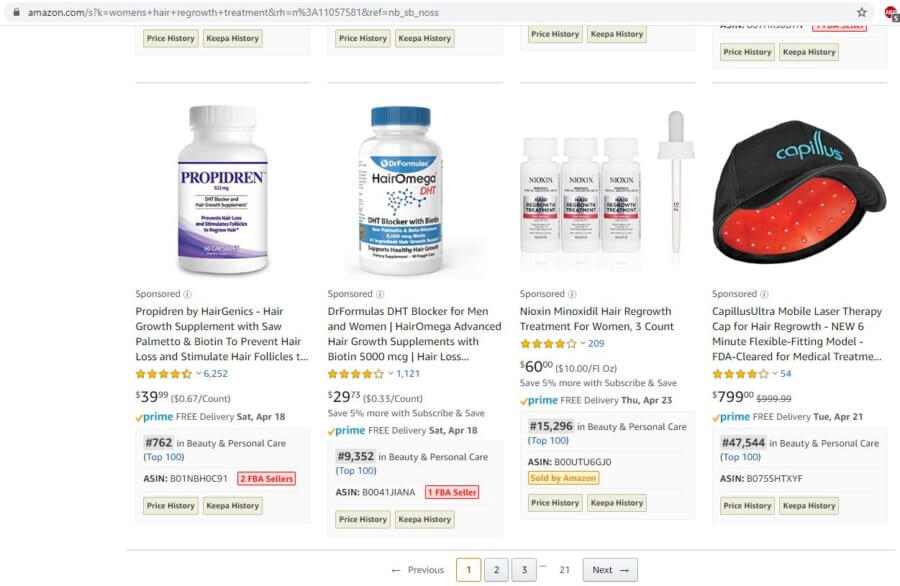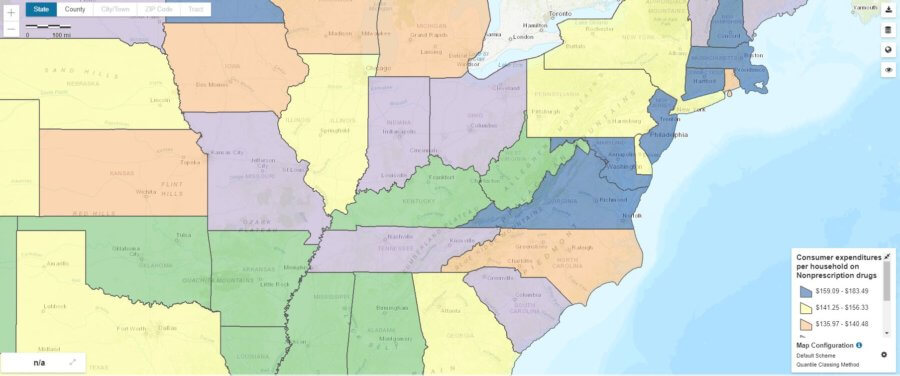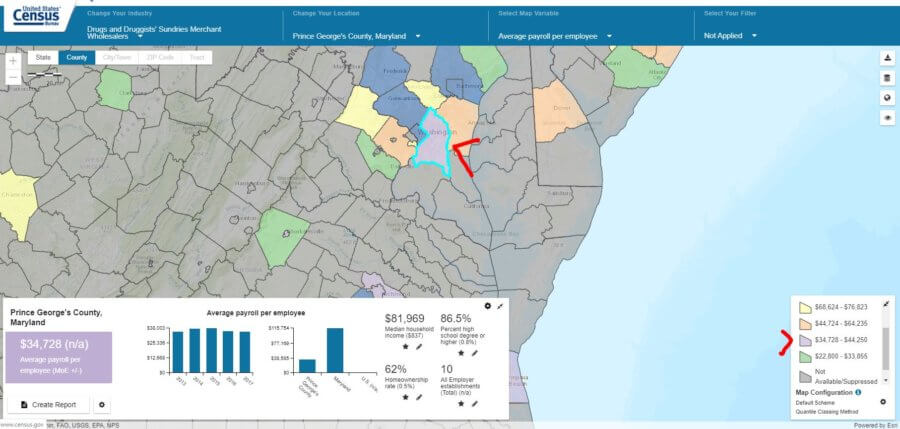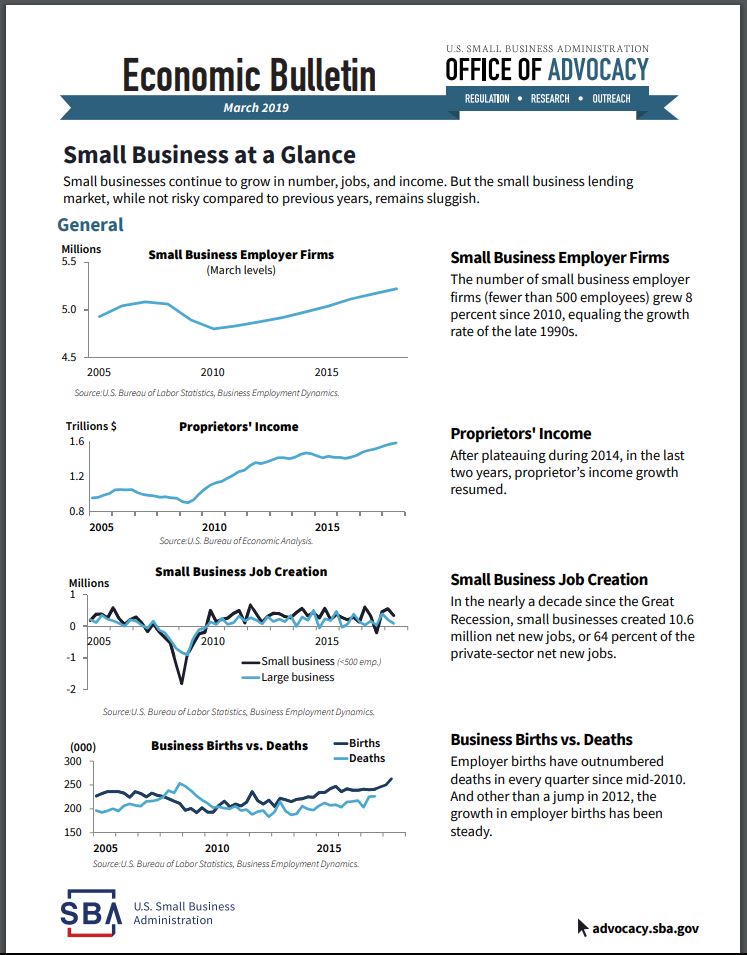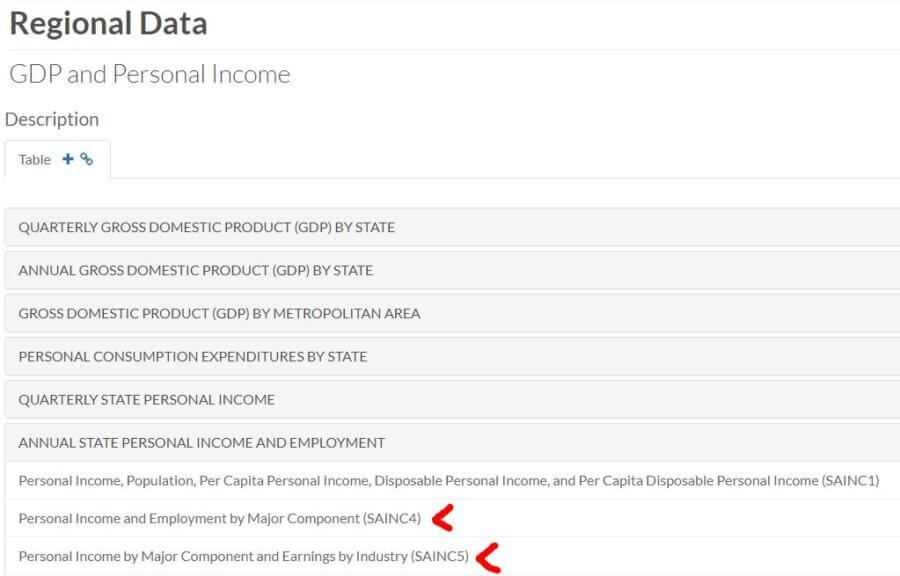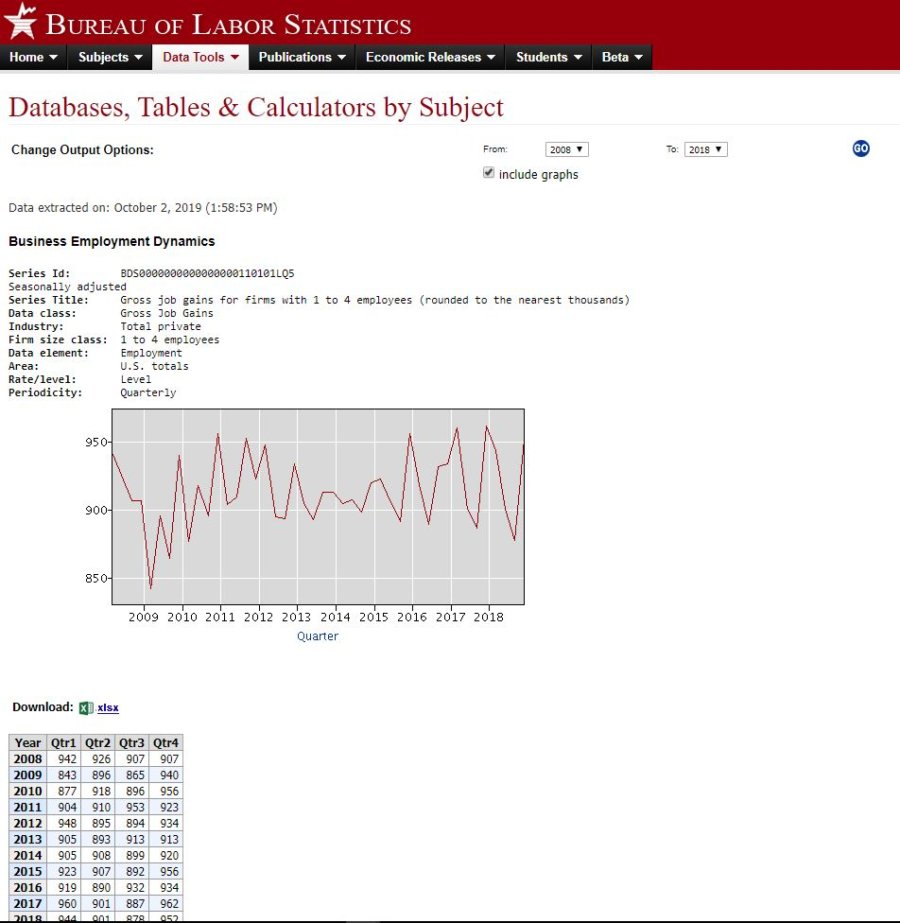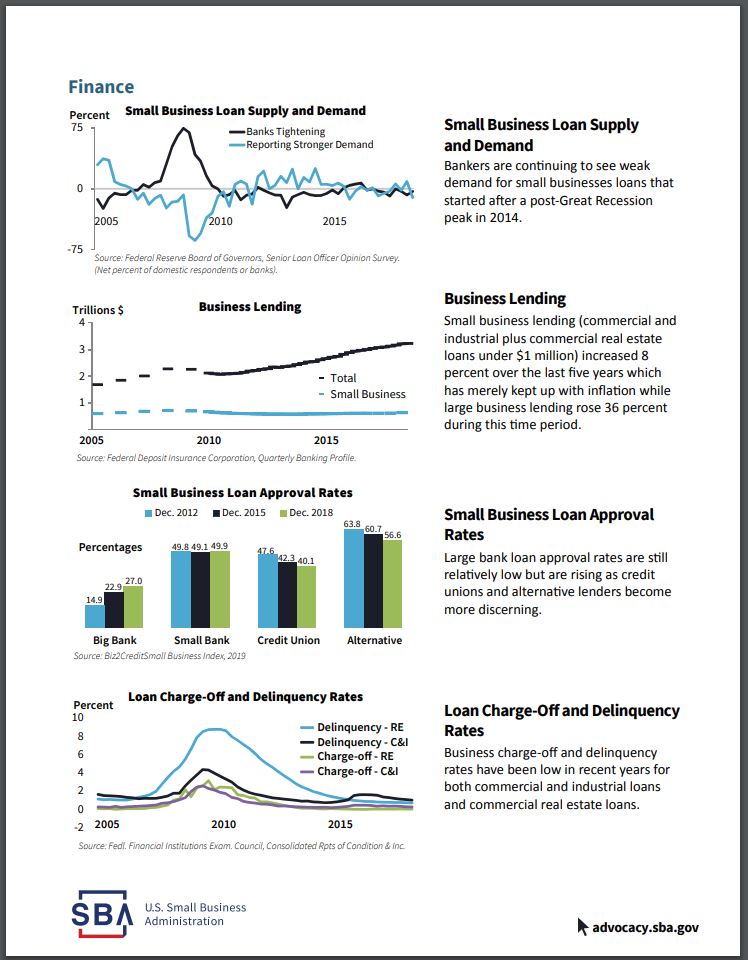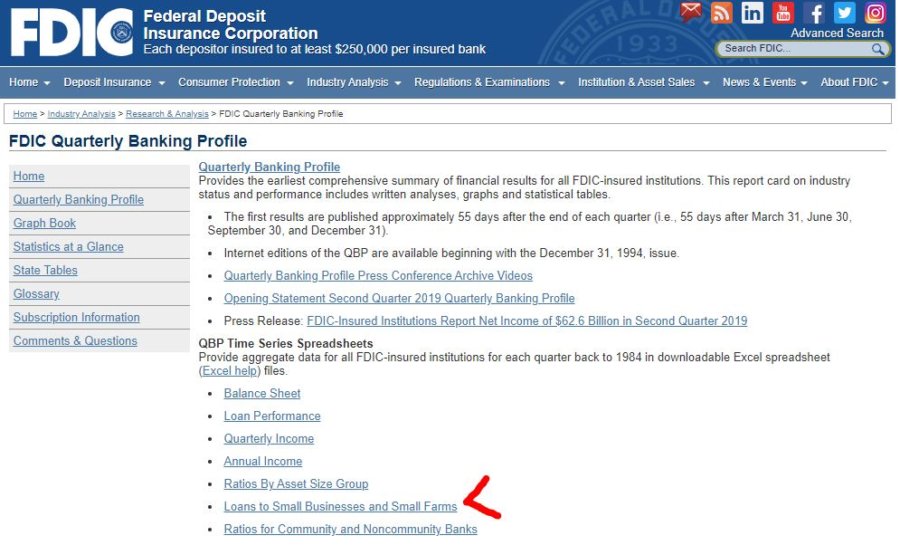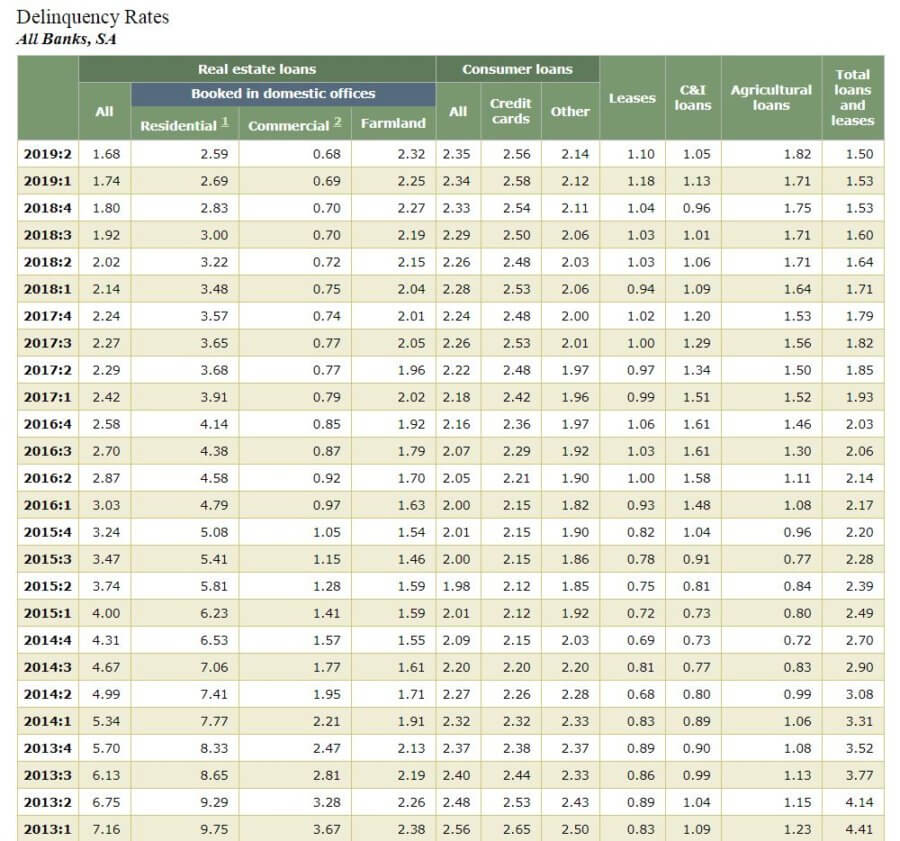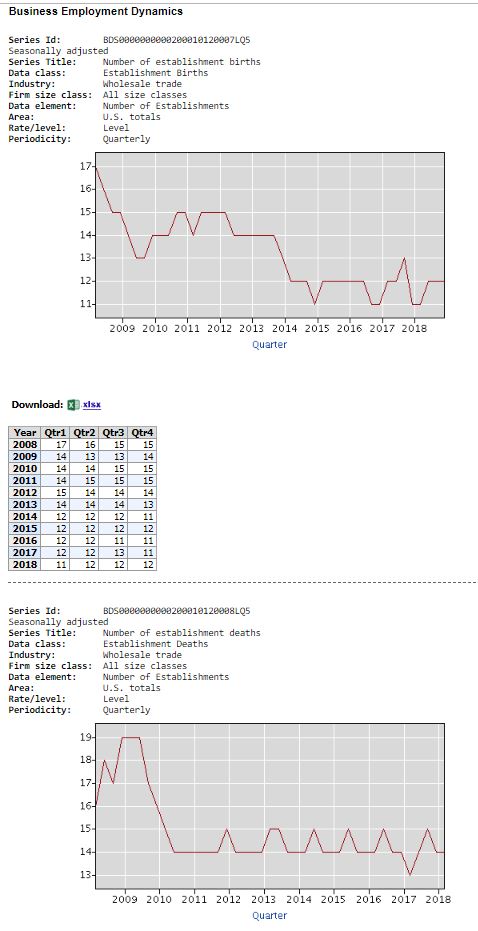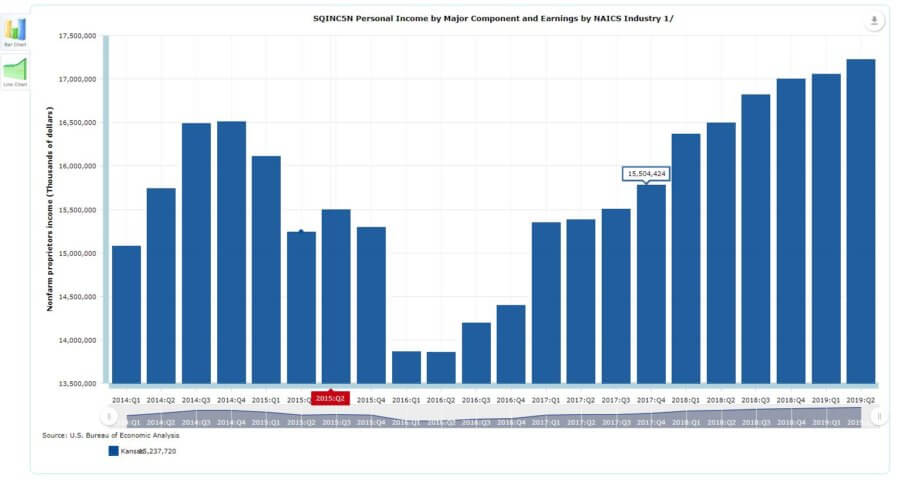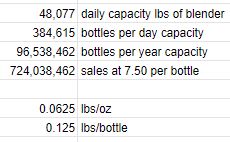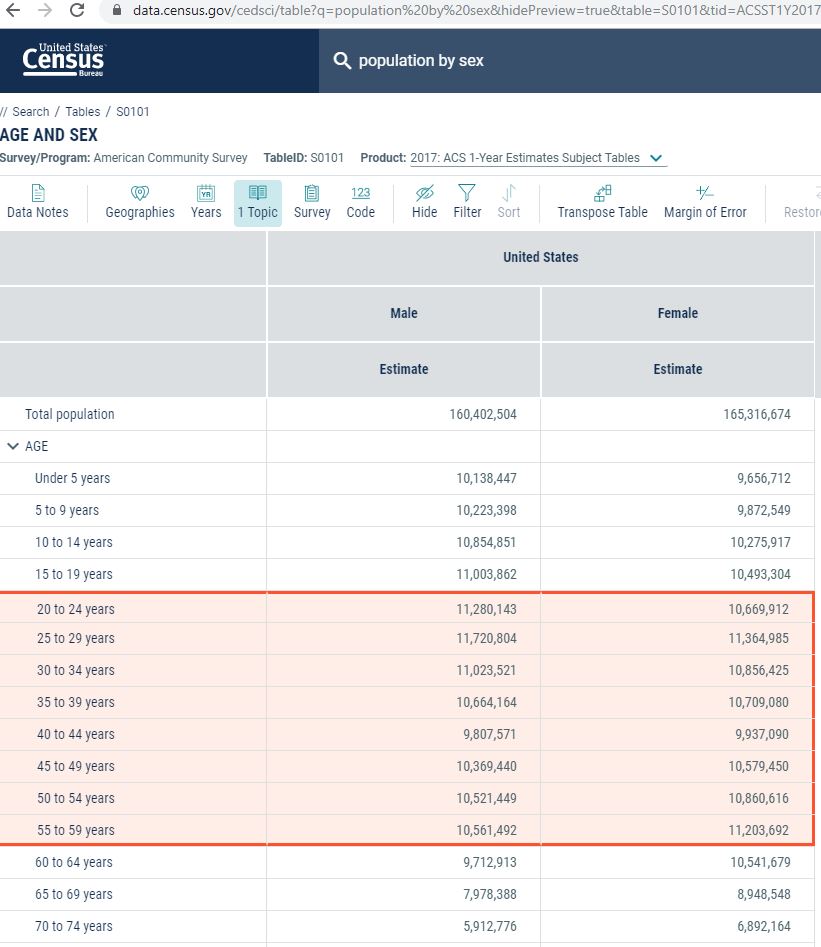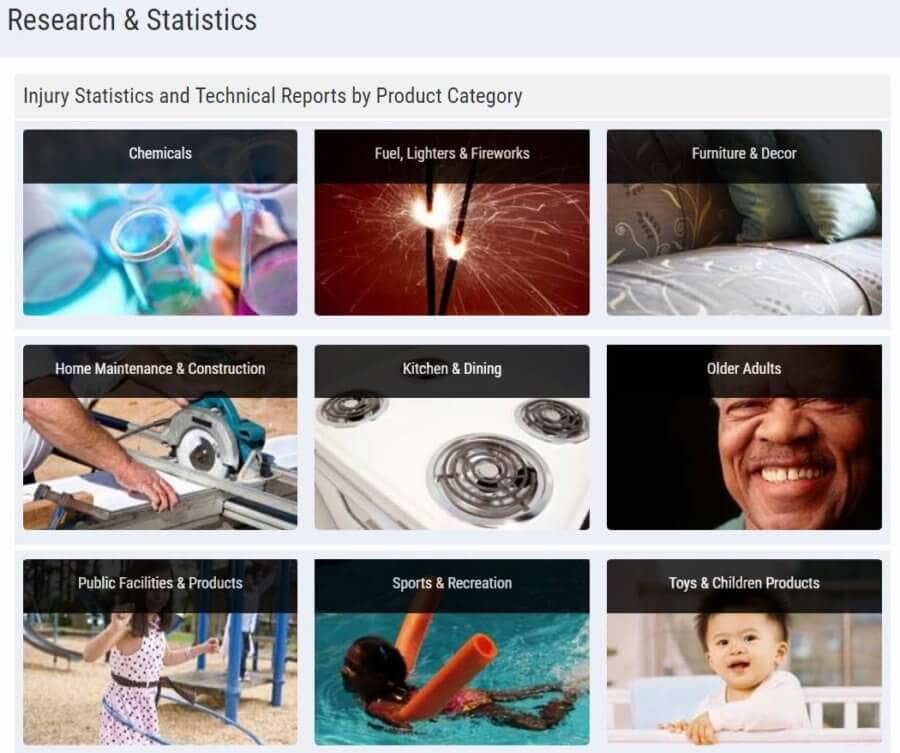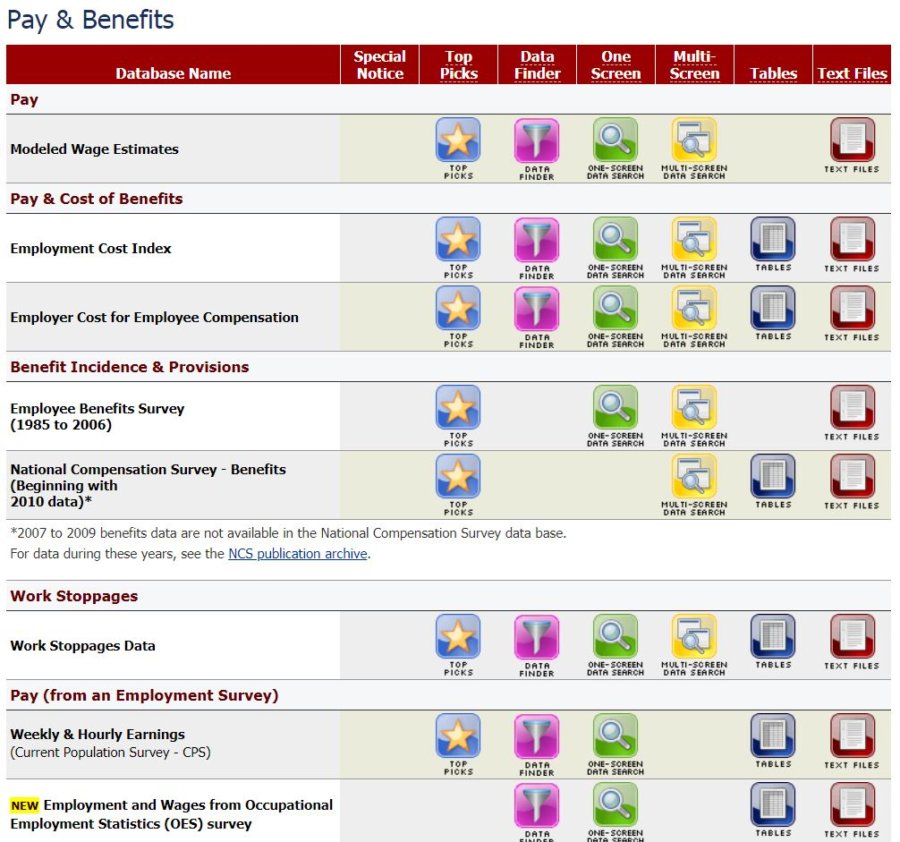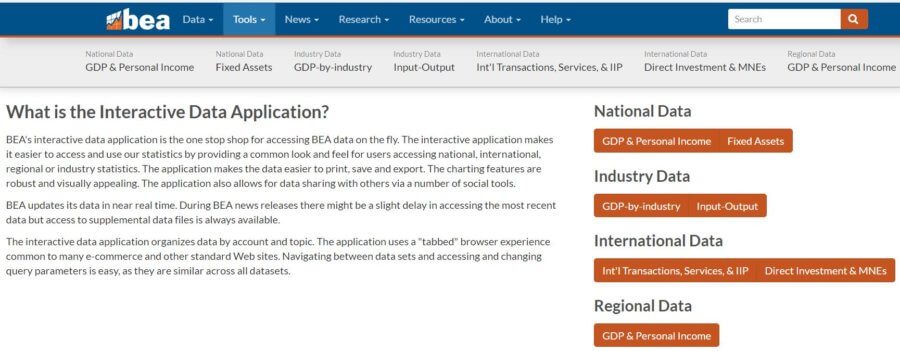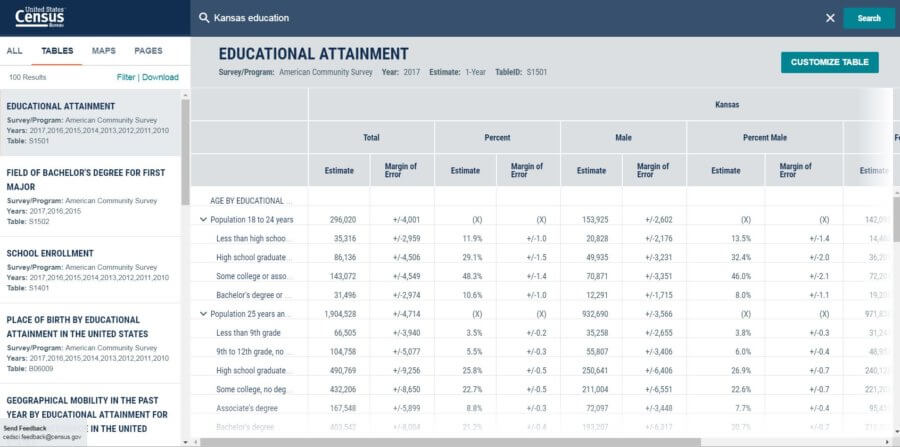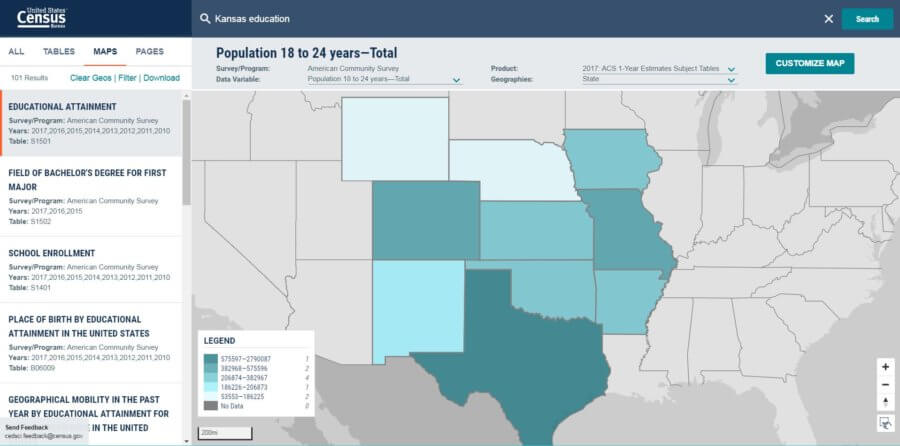Generally, there are three things to quantify – how often customers visit, how long they stay, and what actions they take while they’re there. Understanding this information will help your business maximize its investment in marketing.
In order to sell to customers, you have got to get them to engage with your small business. In order to sell to a lot of customers, you need them to engage with you heavily.
Therefore, it’s worth thinking carefully about measuring customer engagement. Customer engagement can happen in person, on a website, on social media, or over the phone.
Defining customer engagement is tricky. You’re likely to get 10 different definitions from 10 different people. Personally, I like to think of customer engagement as a reflection of how passionate your customers feel about your business.
If you’re going to make big efforts in the customer engagement arena – you had better make sure you’re measuring the results of those efforts. After all, you can’t improve something you’re not measuring. Fortunately, there are many metrics that you can track to see if your efforts are bearing fruit.
These metrics fall into three broad categories:
- How often your customers engage?
- How long your customers engage?
- What actions are they taking when they engage?
What is meant by customer engagement?
Customer engagement is a term used to describe the active involvement of a consumer in a company’s product or service offering.
It’s about creating an ongoing dialogue with customers, and it takes many forms:
- Customers who feel that they can influence a product or service offering (such as government services).
- Customers who are encouraged to provide feedback on products/services (and whose feedback is acted upon).
- Customers having ownership over their experience. This could be through buying shares in the business or other methods where customers become owners.
Here are a few examples:
Part of the Solution
People will always complain about customer service. However, if you look around, there are ample examples of brands making consumers part of the solution. This happened in a big way in the airline industry after 9/11. Airlines needed to improve service or face losing customers.
In many cases, they brought in the consumers by holding town hall meetings as part of the solution. Customers aired their grievances and were rewarded for constructive criticism with better service.
Crowdfunding
In other instances, consumers raised money via crowdfunding sites like Kickstarter to fund development projects of products that had not yet hit the market.
It is interesting how companies are trying to get new technologies out there by using Kickstarter so people can test them before buying them. For example, this was used on the Amazon Echo when Kickstarter backers got a special price to buy it.
Marketing Strategy
In other cases, companies have co-opted the customer as part of their marketing strategy, which is a modern twist on word-of-mouth promotion.
For example, a recent campaign by clothing company Patagonia encouraged customers to return their older jackets via a special box they created, with every returned jacket being recycled into new materials for future use.
It’s an attempt to stop ‘fast fashion’ where many clothes are cheaply made and only worn once before being discarded. The campaign essentially told consumers: “you can help us make better products, and we’ll reward you for doing so.”
It’s also interesting how companies rely more on word of mouth or ‘buzz’ where they give discounts to people who talk about their products.
How often are your customers engaging?
One of the biggest mistakes that small businesses make is doing too much (or not enough). There is a good spot in-between and it depends on what type of business you have, how often you offer your service, and who the customer is.
A prospect that visits your business and then disappears is a lost opportunity.
If a prospect visits your business and becomes a customer – that’s valuable, of course.
If that customer keeps coming back – that’s the most valuable of all.
It’s from the repeat customers that you get the most bang for your marketing buck.
If customers keep coming back, you can assume that they feel as though they are getting value from your product or service. The more often they come back, the greater the value. Customers that engage daily are generally worth more than does that do weekly or monthly.
Applications such as Google Analytics will tell you how frequently (potential) customers visit your website. If you sell your products/services in-person or over the phone then gathering customer information might help you to understand customer engagement. Rewards programs might also help here too.
How long are your customers engaging?
Customers who receive high value from your products and services are not only going to visit often but they’ll stay for longer too.
Again, there are many options when it comes to software that measures user frequency and activity time for your website. Activity time is not as easy to measure for a brick-and-mortar business. If most of your customer activity is over the phone, it might be that you have records that can give you some insight. Or, it might be the sort of thing that you can log into your CRM software
In-person, this can only be practically measured through observation. Therefore, the results will be anecdotal. However, if you commit to measuring this information, insights can be gathered. It might be that you need to group customers by demographics when measuring.
What actions are your customers taking?
A company cannot think about every possible customer, product, and context interaction. However, no business should forget to get basic information from customers.
Customers who come often and stay a long time are positive indicators, certainly. But, ultimately you need those customers to take action. The ultimate action you need them to take is to make a purchase.
If your business is online, you can measure what pages customers visit, if they opt into marketing communications, if they abandon their cart, plus a multitude of other things. For a brick-and-mortar business, as usual, it’s not so easy.
A brick-and-mortar business that only deals with customers over the telephone could only really document what the customer said. Speaking is really the only “action” customers can take. For example, what products did they inquire about? What other questions did they have?
For a retail (in-person) business, again, you probably have to group customers by demographics.
I read a book on this subject once. Unfortunately, I can’t remember the title. Anyhow, it was about a guy who built a consulting business by documenting customer actions.
He would go into a retail business and take notes of the actions that the customers typically took in the store. He would also measure the amount of time they were in the store.
Armed with this information, he would then approach the retailer and offer to sell it. The information he gathered would speak volumes about customer actions and habits. Much of the retailers’ responses revolved around repositioning merchandise in the store.
If you’re a retail small business owner, you don’t have to approach this as scientifically as the author of the book did. But, you can do something similar. It’s just a matter of setting aside the manpower. Discreetly watch the actions that customers take in your store and document it. Plug the data into a spreadsheet or some other software where you can interpret it. Then, take the necessary actions.
Below, are some ideas on customer actions that you can measure. Many are similar across all three mediums. Others, with a little tweaking, might be applicable in another medium.
| Website/Online | In-person | Phone |
|---|---|---|
| Visiting your website | Visiting in-person | Calling your business |
| Viewing/clicking an ad | Referencing an ad | Referencing an ad |
| Downloading document | Taking a flyer | Returning a call |
| Opening email | Asking for assistance | Making a purchase |
| Requesting more information | Making a purchase | Requesting more information |
| Viewing webinar | Accepting assistance | Completing a survey |
| Visiting online store | Joining rewards program | Accepting solicitation |
| Making a purchase | Applying for financing | |
| Contacting live chat | ||
| Referring customers | ||
| Completing a survey | ||
| Leaving a product review | ||
| Rating a product/service | ||
| Reordering a product |
Challenges to measuring customer engagement
Marketers measure customer engagement by email, social media, website traffic, and purchases. But they often forget to include service metrics.
As you might have gathered from the previous sections, measuring customer engagement isn’t always simple.
Sometimes, collecting data is logistically difficult. Such as documenting what actions your customers are taking. Other times the information is hard to quantify and interpreting actions can be very subjective.
Ultimately, you want to measure customer engagement to understand how it will affect your revenue and net income. But, making the connection between actions and revenue can be difficult. Don’t lose sight of your ultimate goal – which is to build a healthy small business.
What do you do with customer engagement data?
Collecting and analyzing customer data will help your marketing campaigns. It also lets you improve the customer experience, like by giving people better product recommendations, communicating with them more often, or even making sure that they stay loyal to your company.
Once you’ve gone to the effort gathering customer engagement information, what then?
It may be that, in the beginning, you simply want to understand how your customers are engaging with your business. But, there will come a point where you want to act on the measurements you gather.
At which point, you need to be clear on what it is you want to achieve.
Do you want to increase the frequency of customer engagement?
To get more out of your marketing dollars?
Or, do you want customers to take different actions?
You can get even more specific. For instance, do you want to sell more of a particular product/service to a particular customer avatar?
You might find that you need to start using different customer engagement metrics in order to meet your more lofty goals.
What it all means
Measuring customer engagement is important for maximizing your marketing ROI. It’s also closely tied to your conversion funnel – turning leads into customers.
Therefore, even nominal efforts in measuring customer engagement can go a long way toward helping your small business.
An expert’s thoughts on customer engagement
Snigdha Patel, Deputy Manager – Content Marketing at REVE Chat
How would you, personally, define customer engagement?
I would define customer engagement as any interaction that happens between a consumer and the brand across multiple channels during the customer journey. The whole idea of customer engagement is not only selling but also to have continuous engage customers through their lifecycle. Having a solid customer engagement strategy is vital for delivering a conversational experience.
What are some ways brick-and-mortar businesses can track customer engagement?
Some ways the brick-and-mortar businesses can track customer engagement are:
1. Store visits – It includes the number of transactions per month
2. Spend per visit (basket size) – Refers to an average $ size per transaction
3. Product spend – It indicates the revenue by category, upsell, and cross-sell rates
You can set a CSAT survey to track your store experience based on the score by asking ‘how satisfied were you with your most recent experience?’
What should a business do once they’ve gathered customer engagement data?
Once the data is collected the data, businesses can proceed with the following steps:
1. Segment the data based on your target audience and product category to understand how your customers are spending.
2. Identify your value in terms of your product positioning and identify the gaps to align your products to your target audience.






